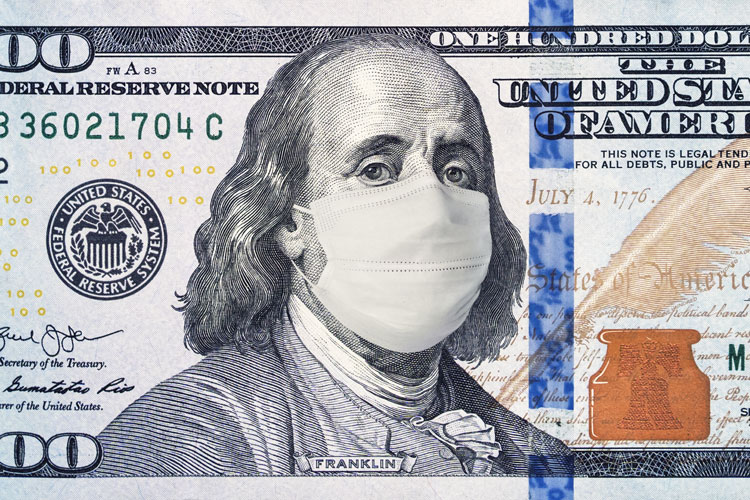
A global recession wasn’t in the plans for 2020, but then COVID-19 struck, and the pandemic swiftly shook economies around the world.
During the January Hoard’s Dairyman webinar, “Pandemic, prices, and PPDs . . . What will 2021 offer?”, University of Wisconsin-Madison’s Mark Stephenson compared the current economic downturn to the Great Recession that took place in 2008 and 2009.
“This is a different recession,” Stephenson said. “In 2008 and 2009, it was all about a decline in asset values.” He explained that people worried about a collapse of the housing market and upside-down mortgages, and the stock market plunged. “That had a greater impact on people on the wealthy end of society,” he said.
This pandemic recession is much more about job loss, he said. “This has impacted people in the service sector much more, at the other end of the wealth scale,” he explained. “It’s hitting different people.”
Looking at job loss, Stephenson said, “It’s typical for us to be in the 4% range for unemployment, and that’s when we feel like an economy is doing okay.” The unemployment rate climbed to 10% during the Great Recession of 2008 and 2009, and it took until 2020 to work that number back down.
Unfortunately, it rapidly spiked to nearly 15% last spring. While that number has made quite a comeback, Stephenson said we are still seeing pretty high unemployment rates.
One industry that has been impacted tremendously by this recession is the restaurant business.
Restaurants took a hit during the Great Recession, but the restaurant performance index fell to new lows during the pandemic and has yet to recover.
“The restaurant segment has been hit hard,” Stephenson said. “Entertainment and travel segments have also been hit really hard.”
A consumption-based economy
Consumer confidence in the economy is a slightly different story. During the Great Recession, the consumer confidence index plummeted to 25%, which was an all-time low. While consumer confidence fell again in 2020, it did not drop to those record levels. “Consumers are concerned about the economy, but not as badly as in the Great Recession,” Stephenson said. “This has been different.”
The U.S. has a consumption-based economy, with 71% of gross domestic product (GDP) developed as a result of consumption. This compares to a country like China, where 34% of GDP comes from consumption. He said a consumption-based economy is hit hard when we see this type of recession.
What does this mean for dairy?
“It will have an impact on dairy demand going forward if people remain out of work and if we really can’t get back into the restaurant segment in a strong and meaningful way,” Stephenson said.
To learn more about dairy markets and prices, watch the full presentation, “Pandemic, prices, and PPDs . . . What will 2021 offer?” This webinar was sponsored by Cargill.








